When we moved out to the country, we never planned on breeding and raising a herd of cattle. Mostly, the reason we bought cattle was to help keep the grass mowed on our property, and (hopefully) pay for some horses — the animal we thought we wanted. Fifteen years later, the four horses have come and gone, but those cattle are still around.
We came to raising cattle with absolutely no prior experience. Neither my husband nor I were raised on farms. We didn’t even have grandparents or other relatives who owned farms. All we knew was that we liked the idea of using our property to provide for our needs.
We had no idea what we were getting into, and we learned many things the hard way. We started from scratch, figuring out things as we went along, and though it is difficult to do it this way, it’s not impossible.
Start Small And Slow
If you’ve never kept cattle before, start small. Buy two or three crossbred beef cattle for starters. Remember, these are the animals that you will be learning on and would you rather make mistakes with $2,000 dollars on the line or $20,000? Be patient as you learn to manage your herd — and take your time.
I recommend beef cattle over dairy animals for beginners for several reasons. First, in my experience, beef cattle are hardier and tougher than dairy animals. Second, finding a good crossbred beef animal is easier and less expensive than finding a good dairy cow, at least in my area.
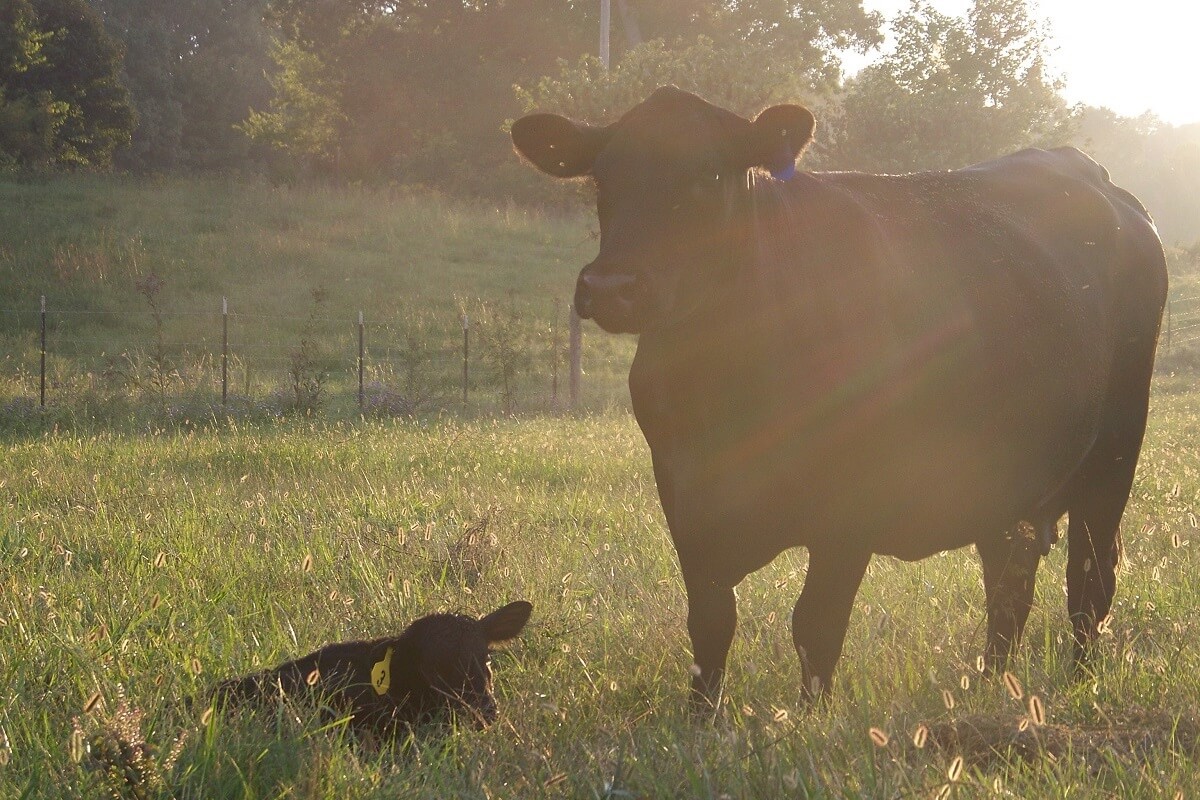
Third, milking a cow has its own learning curve. It’s probably best to learn about cows and their needs without the pressures of daily milking, mastitis, and the premium diets that good dairy cows require. Fourth, if you find out down the line that raising cows absolutely isn’t for you, finding a buyer for a few beef cattle is easier than getting rid of a couple of dairy cows.
My recommendation for beginning cattle farmers is to buy two or three young weaned animals. You’ll want a couple of young cows (heifers) and maybe a steer (neutered bull) or two. Most farmers wean their animals around 6 months of age, so this is a good age to get started. At 6 months, they need less to eat, and you can learn while they grow. Don’t buy a bull, not even a young one, until you have more experience with cattle.
How To Choose A Healthy Cow
If you don’t have a friend who knows cows, you’ll need to do some research on how to spot a good one. First, the cows should have shiny, healthy coats, bright, cheerful eyes, and no sores or bare spots on their coats. You don’t want a cow that startles and bolts easily, although most beef animals won’t allow you to get too close.
Cows with a good temperament will be wary of people, but not terrified. The animal should walk smoothly without limping and have a symmetrical appearance. Female animals should look girly, and steers should look masculine.
Feeding
Cows have very simple needs. They need grasses or hay in winter (to keep their rumens functioning properly) and plenty of fresh water. They will also need a mineral supplement to provide missing trace minerals for their bodies.
This is something like a vitamin supplement for animals that you can buy at your local farm supply store. For years we bought mineral blocks for our cattle but currently, we use loose minerals. Both have advantages and disadvantages, and either can be a good choice for your animals.
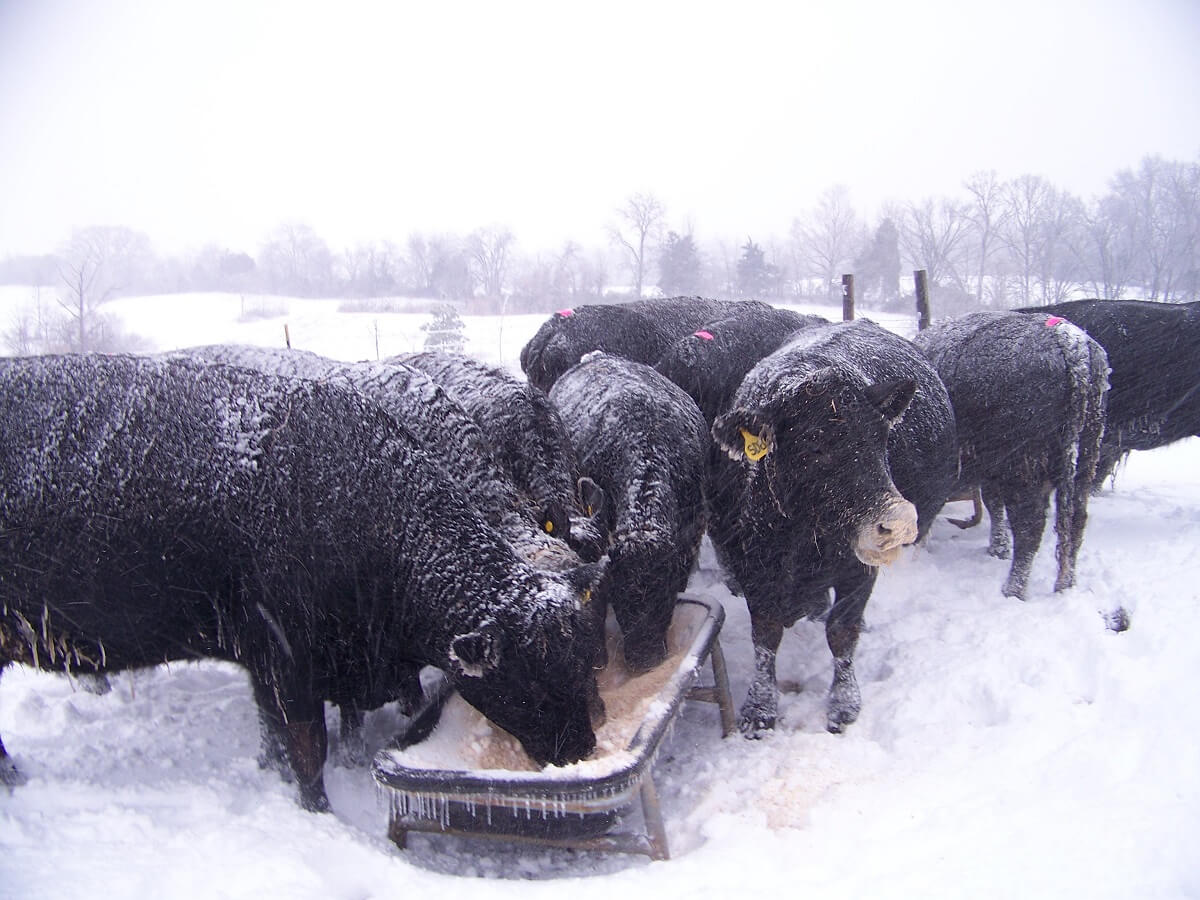
You don’t have to feed your animals grains to keep them healthy. The debate over grass-fed versus grain-fattened beef rages, but you can have healthy, strong animals just feeding them grass, or you can give them a little grain, too. Just don’t overfeed grain. Too much grain can give them a stomach ache and lead to acidosis and bloat which are two serious health problems.
We feed a little grain to help with our lactating cows’ body condition in winter, and I feed my dairy cow grain to keep her from being a bag of bones. But it is not something that one has to do to have healthy animals.
Establishing Your Farm: Fields And Fencing
The biggest thing to remember about fields is that just because it’s green, cows may not necessarily eat it. I’m assuming that if you’re thinking of owning cattle, you want them to thrive, not merely survive. Do your homework before you bring home your first animal.
Cows do well on grasses and legumes. For my area, plants like fescue, clover, Lespedeza, Bermuda grass, and timothy are fine dining for cattle. Even plants thought of as weeds like Johnson grass and crabgrass can provide good grazing. However, things like sedge, blackberries, honeysuckle, and thistle — while green and providing ground cover — won’t provide all that a cow needs to do well.
If you’re not sure what you have in your field, you can call your county agricultural extension agent. Usually, these helpful people will be glad to come out and take a look at your fields, as well as give you suggestions on how to improve your fields for supporting cattle. Also, ask how many animals per acre your fields can support. Cows eat a lot more than what you might think, and grass yields vary depending on the area of the country you live. Don’t overstock your fields because you risk damaging the land and shortchanging your animals on nutrition.
Fencing is the second need for beginning farmers. If you’re living on a farm that already has fencing, be sure that you’ve thoroughly checked your existing fencing for gaps and holes. I promise you, if there is a gap in your fence, your cows will find it. Probably when you’re all dressed up and getting in the car to go to your cousin’s wedding.
One thing that has surprised us about keeping cows is how hard they are on fencing. For this reason, we prefer fencing that includes electric wires. Yes, you can use fencing without electric, but you will have to do much more fence maintenance than you would if you added a hot wire.
Your animals will need access to water at all times, even in the winter. Ponds and streams are a good solution, but remember that the animals will probably stand in the water and muddy the banks. We have automatic watering systems, but when we started, we used a water hose to fill up large stock tanks. A lactating cow can drink between 20 and 30 gallons of water a day in the summer, so have a plan to supply water for your cattle.
Winter Care
Unless you simply keep a few animals in the warm months and sell them off when it gets cold, you’ll have to have a plan for the winter months. Cows need massive quantities of hay in the winter. If you only have a few animals, square bales of hay may be adequate, but large rolls are probably more cost-effective.
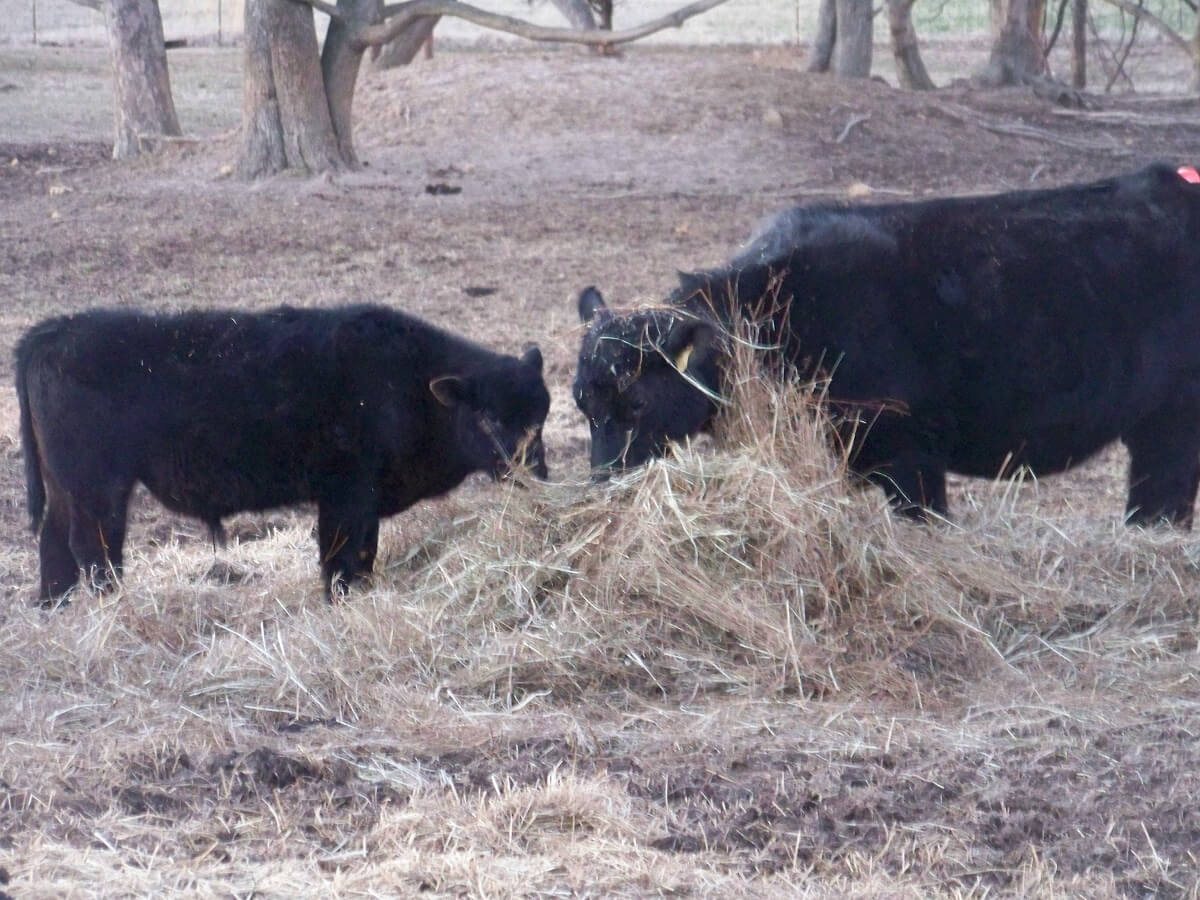
The disadvantage of rolls, though, is that you’ll need a tractor with a hay spear on it to move them. In winter, cows can eat between 20 and 30 pounds of hay per day plus extra for waste. Knowing that a typical square bale weighs 50 to 60 pounds, you can see that feeding the cows in winter is a big job!
Unless you live in a very extreme climate, many beef breeds manage just fine in winter without a barn. We leave our cattle in the fields even in winter, unless we have a sick animal or a newborn calf. They do just fine as long as they have a way to get out of the wind. However, they do eat much more when it’s very cold.
Don’t forget to include a plan for watering your animals in winter. You can buy heaters for water tanks or you can install insulated automatic waterers. If you rely on ponds, you may need to go out and break the ice on the water when it gets cold enough to freeze.
Breeding
The gestation period of a cow is nine months, and most farmers breed their cows so that they will have their first calf around the age of 2. This means that around the time a heifer is 13 to 15 months old, she needs to be bred.
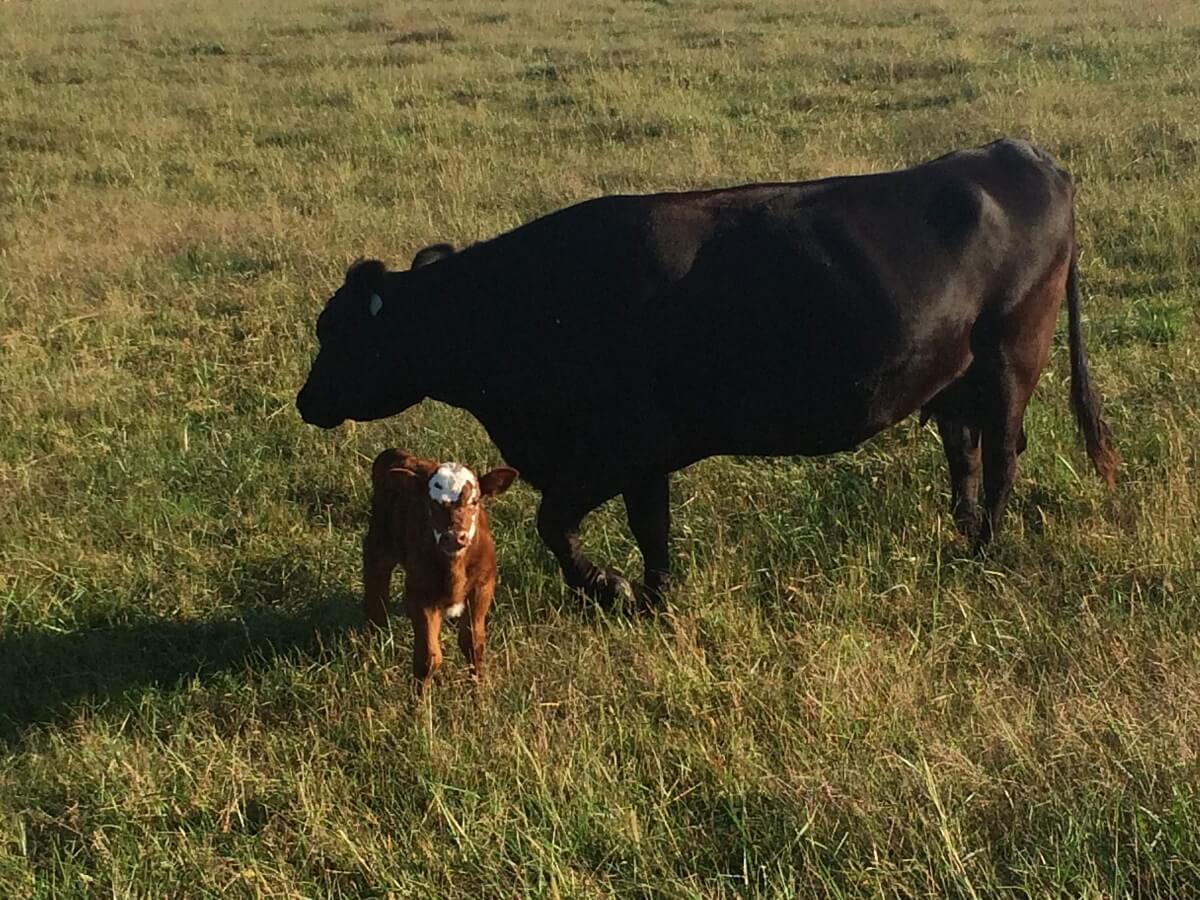
The easiest way to breed a cow is to find a bull and let nature take its course. Farmers who own bulls may allow you to lease their animal, and it’s the most reliable way of getting your cow in calf.
Alternatively, you can use artificial insemination (AI) to breed your cows. This method of breeding requires careful monitoring of the cow’s heat cycle. Some AI techs will synchronize the breeding cycles of a herd of cows by administering hormone injections. This means that you will have a general idea of when your cows will come into heat and can take some of the guesswork out of AI. A good AI tech can explain the process in detail, and tell you exactly what signs show that your cow’s fertile period is imminent.

However, not just any bull will do when you need a calf. Try to select a bull who has smaller calves at birth. Selecting for this trait can mean the difference between a stressful, difficult calving and an easy calving.
Don’t forget to look ahead to the timing of when your calf will be born. Here in Middle Tennessee, January, February, and March are awful months for calving since the weather is so cold and wet. We also try to avoid calving in the middle of July and August since the heat and flies of summer can be hard on very young animals. Our calves are typically planned for September or October when the weather is moderate and dry.
Calving
As a cow gets closer to calving, her body begins to change in preparation for giving birth. The udder will begin to swell, and colostrum — the first nutrition-packed milk for calves — may begin leaking from the cow’s teats. Also, the muscles and ligaments around her vulva and pelvic bones will begin to relax.
Calving is an exciting time, and many new farmers may be nervous about it. The majority of the time, calving goes just fine. In all the years we’ve had calves, there have only been a handful of times when the cow needed extensive help to birth her baby.
In a normal calving, the calf comes out front feet first with its head resting on the front legs. If the feet show for more than an hour and the cow doesn’t make any further progress, you may want to call your vet and ask if you need to assist the cow. Most vets will allow you to send them a video or pictures of what you’re seeing. You can avoid a vet bill if it’s not necessary for them to come out and tend the cow.
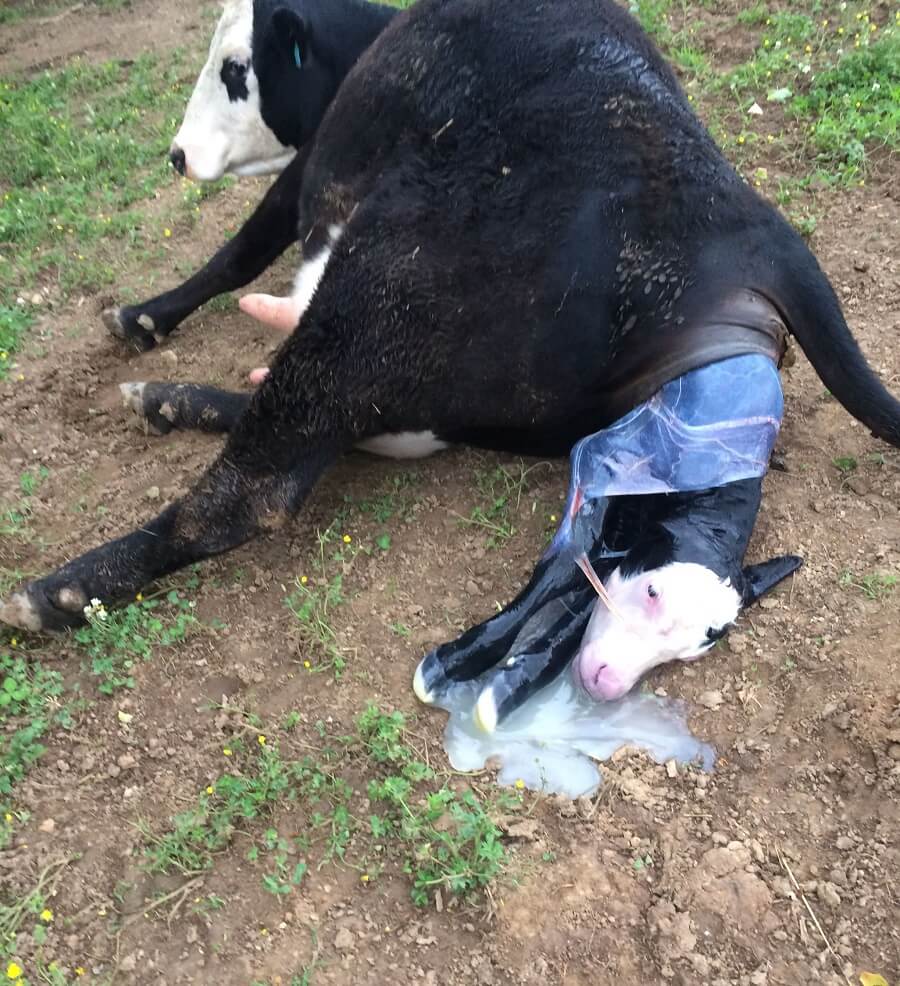
When the calf is about to be born, the mother will lie down to push the baby out. Generally, the cow can push out the baby unassisted. Once the calf slides out, you may need to tear the amniotic sac away from its face so it can begin breathing as soon as possible. In a few moments, the mother will probably stand and begin licking her calf.
Healthy calves generally start trying to get up and walk less than 30 minutes after being born. Most calves will begin butting around their mother’s belly, searching for a teat and a warm meal. Young, first-time mothers may act silly, and chase their calf in circles, but there’s not much you can do about it. Most of the time, she’ll settle down once the calf nurses a bit.
We’ve found that its best to leave the two alone for a few hours, and then come out and check on them. Usually, one of the mother’s quarters will be smaller, and it’s clear the baby had a chance to nurse. We keep a close eye on the calves of first-timers for a few days. If the calf gets dehydrated with dull eyes and seems weak, it may need a bottle of milk replacer to perk it up. However, most of the time, everything goes just fine.
Do Your Research: Read Books!
Raising cattle is exciting and you’ll probably be interested in reading all about it. Our family has a whole collection of farming-related literature. One thing to keep in mind, however, is that you have to temper the advice given in a book with a whole lot of common sense.
Some of these books are written with the commercial farmer in mind. Others are written by farmers living in climates that are different from where you live. Keep an open mind and be flexible with your cattle plans. Don’t get too married to ideas that are put forth by an “expert” in a book.
Our favorite cattle books are written by Heather Smith Thomas. She is a vet who authored Storey’s Guide to Raising Beef Cattle and The Essential Guide to Calving. These two books will walk you through almost everything you need to know about raising beef cattle.
Raising cattle is a lot of work, but we wouldn’t have it any other way. When we walk through our fields and see the cows munching peacefully on the grass, or when we stand at the window and watch calves kicking up their heels on a cool fall afternoon, all of the work is worthwhile.





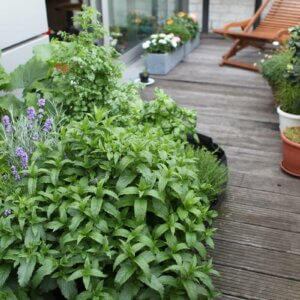





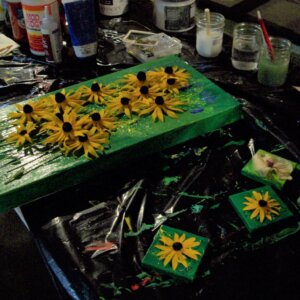



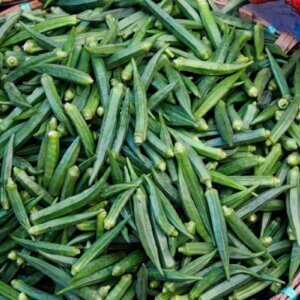

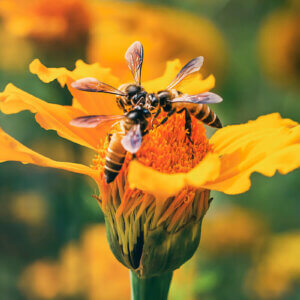
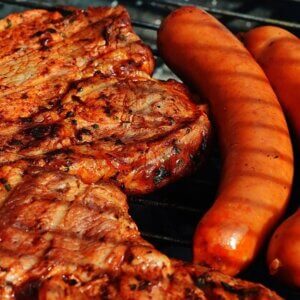
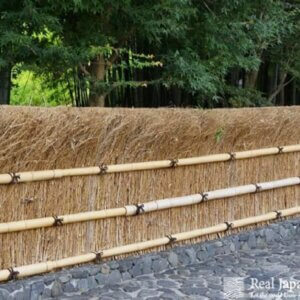





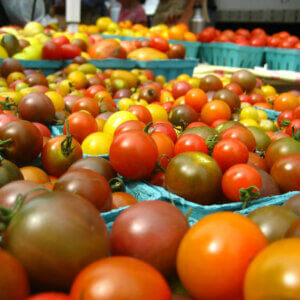
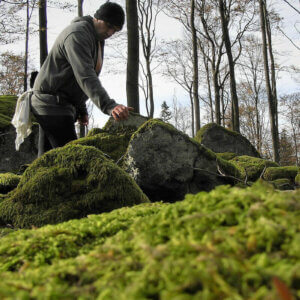







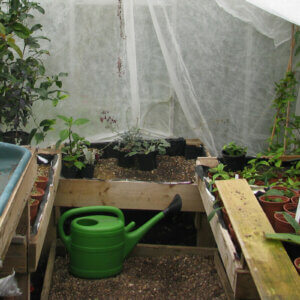

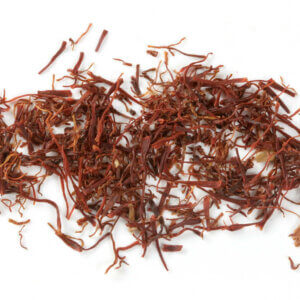





Leave a Reply